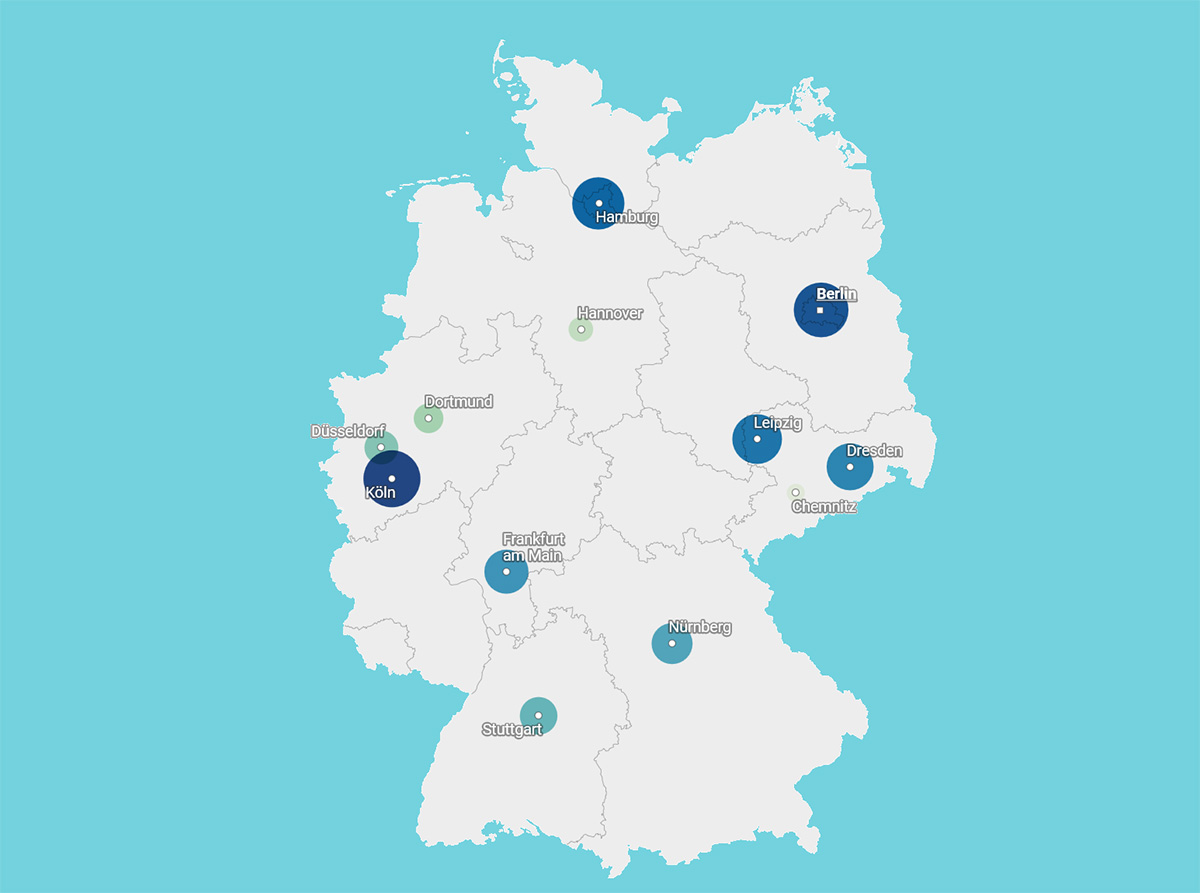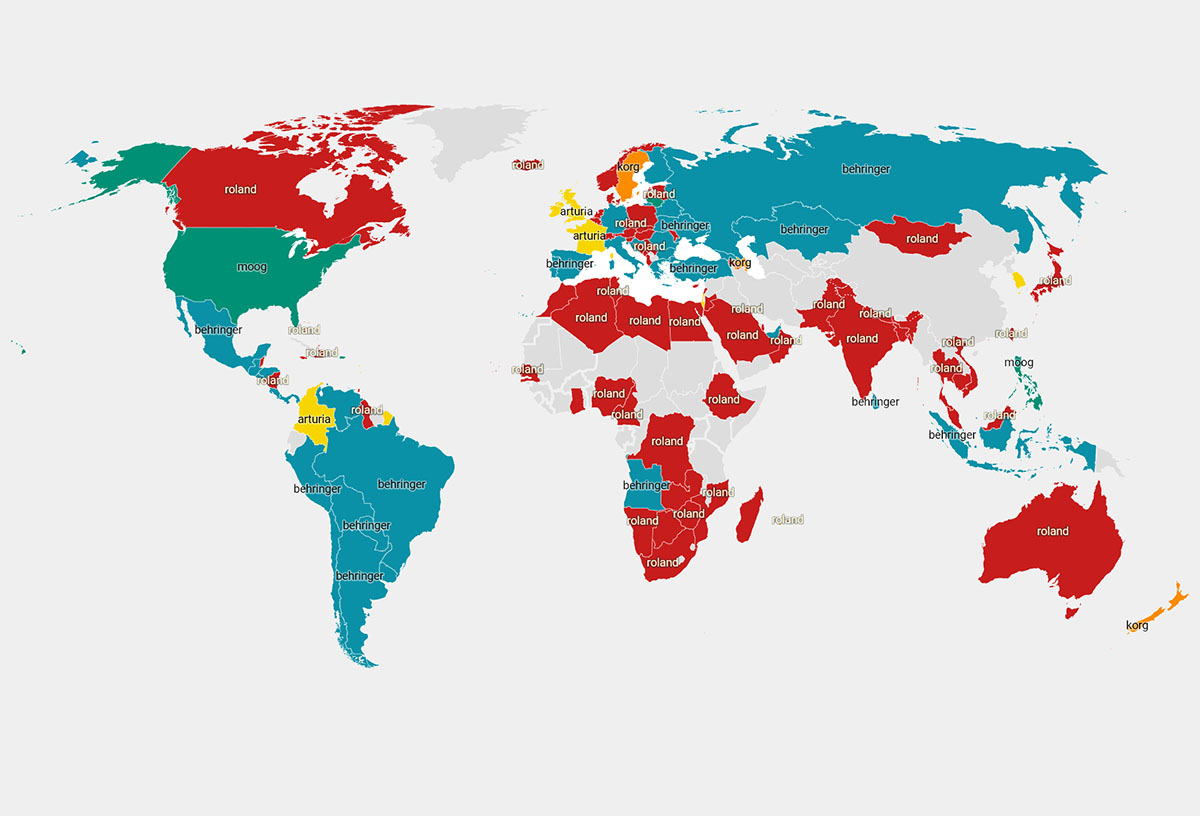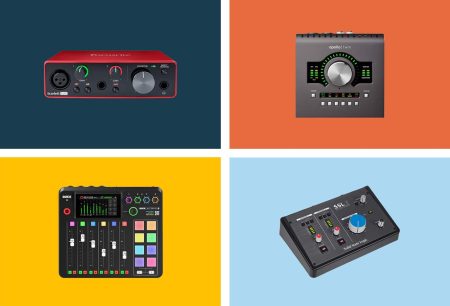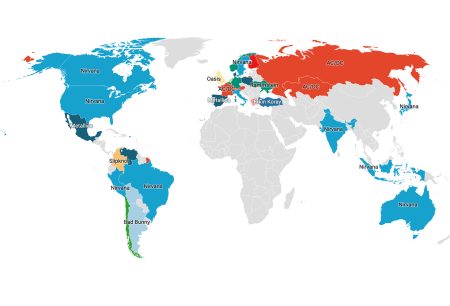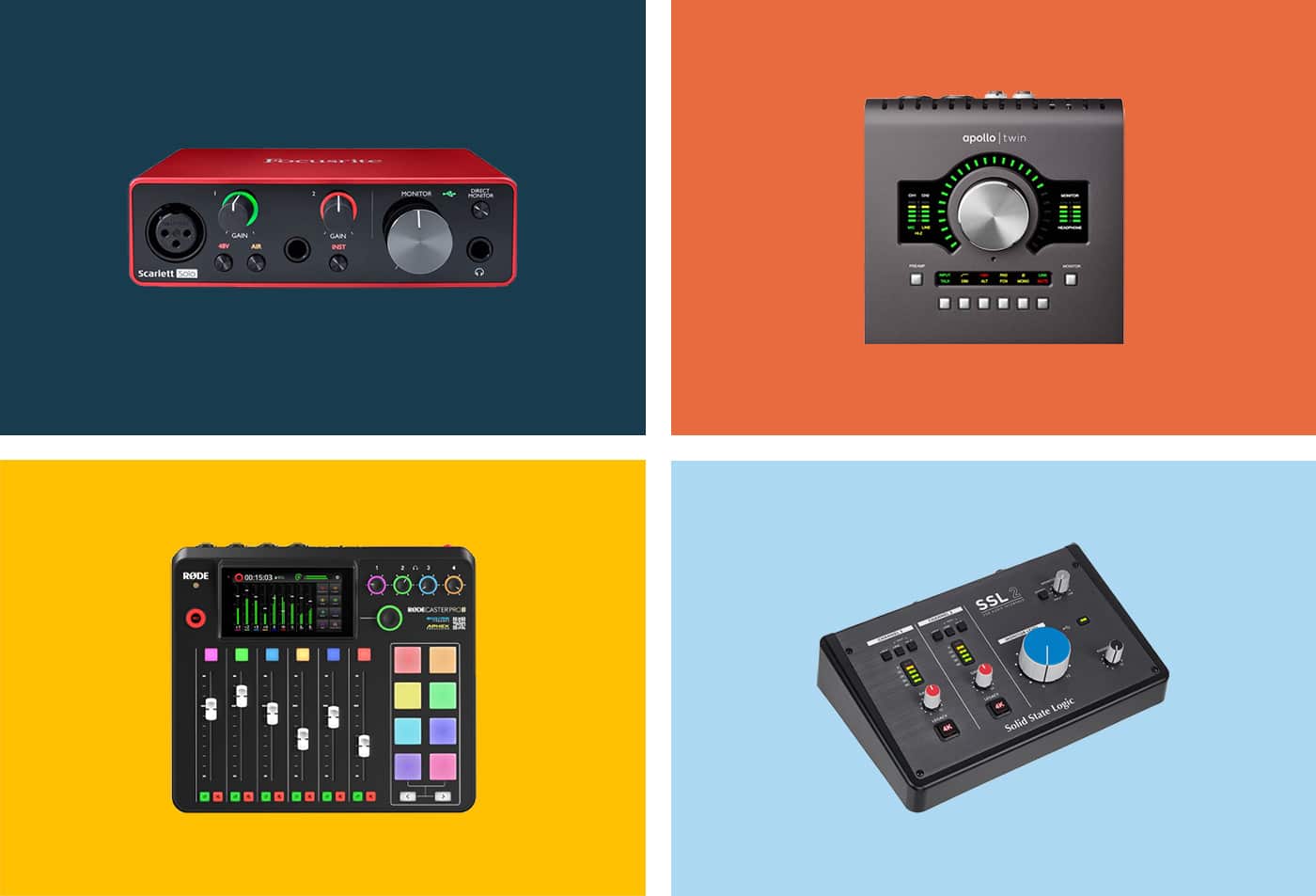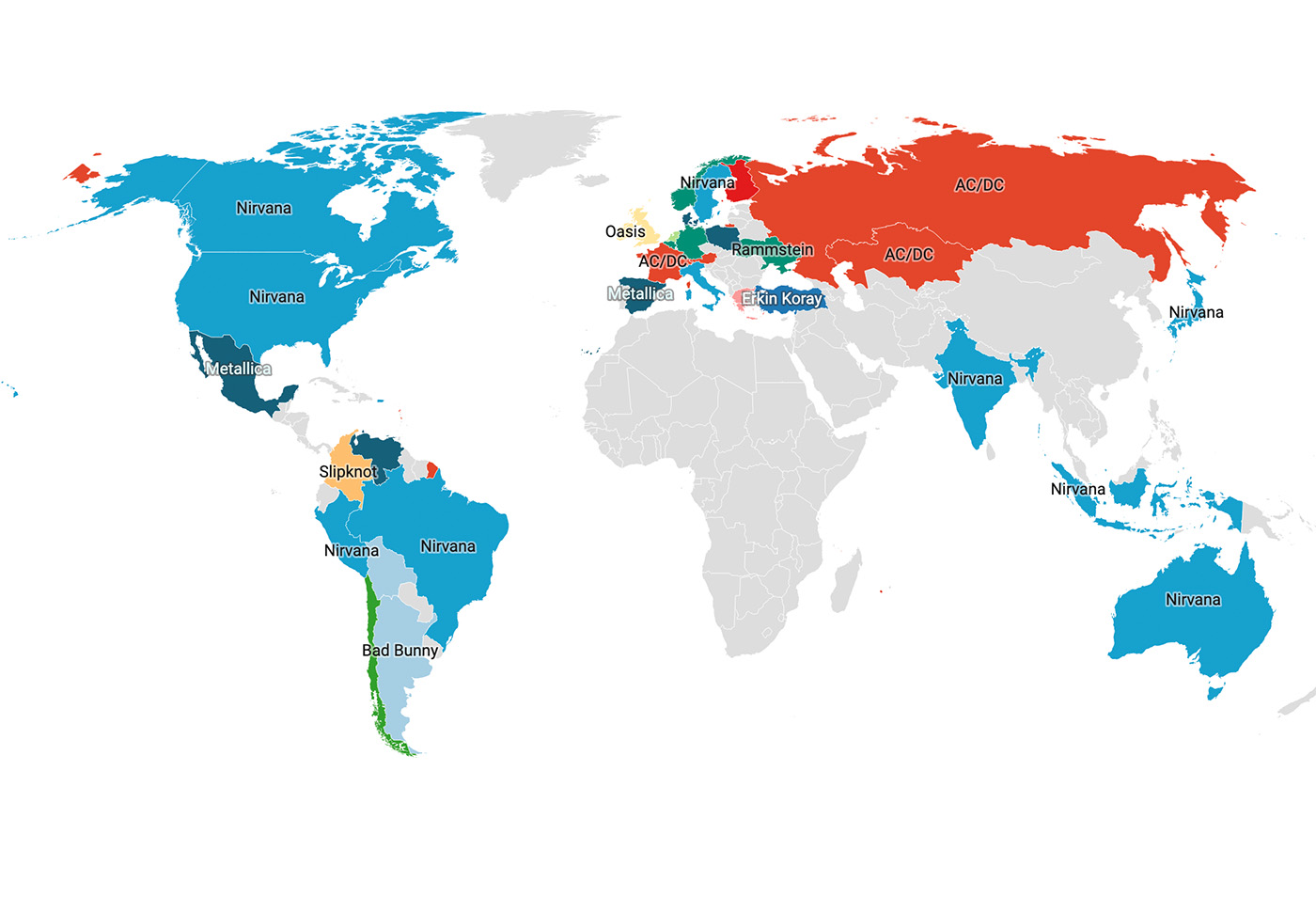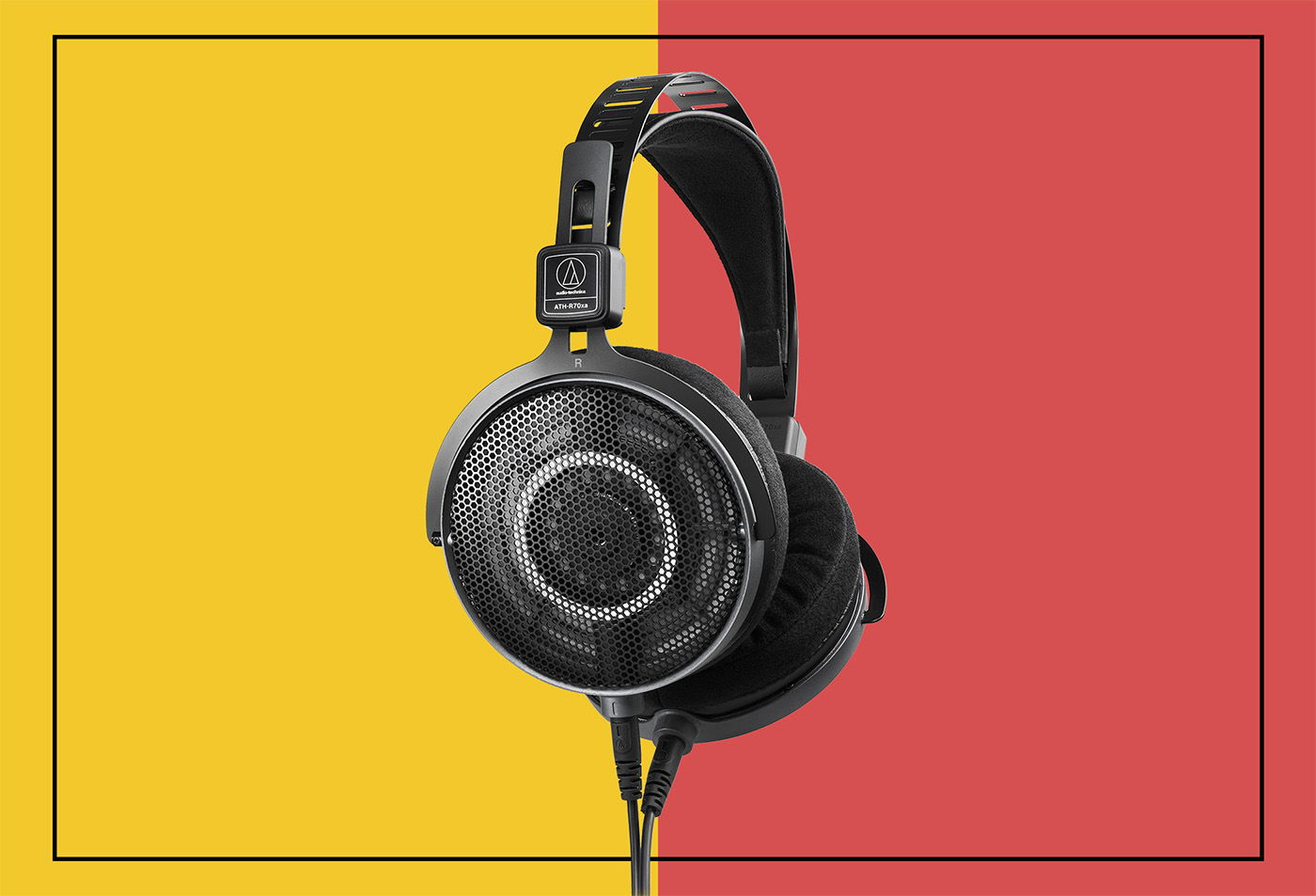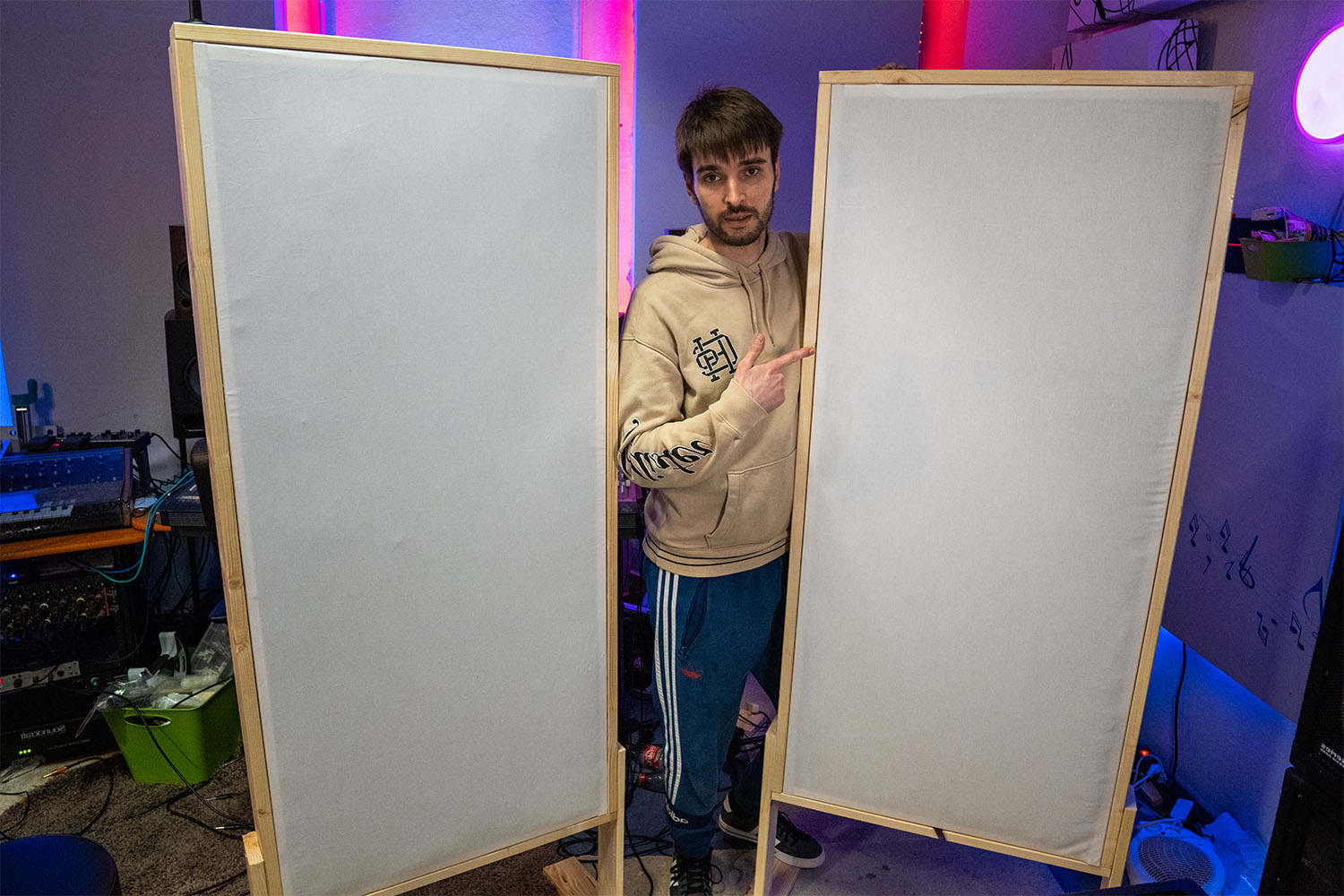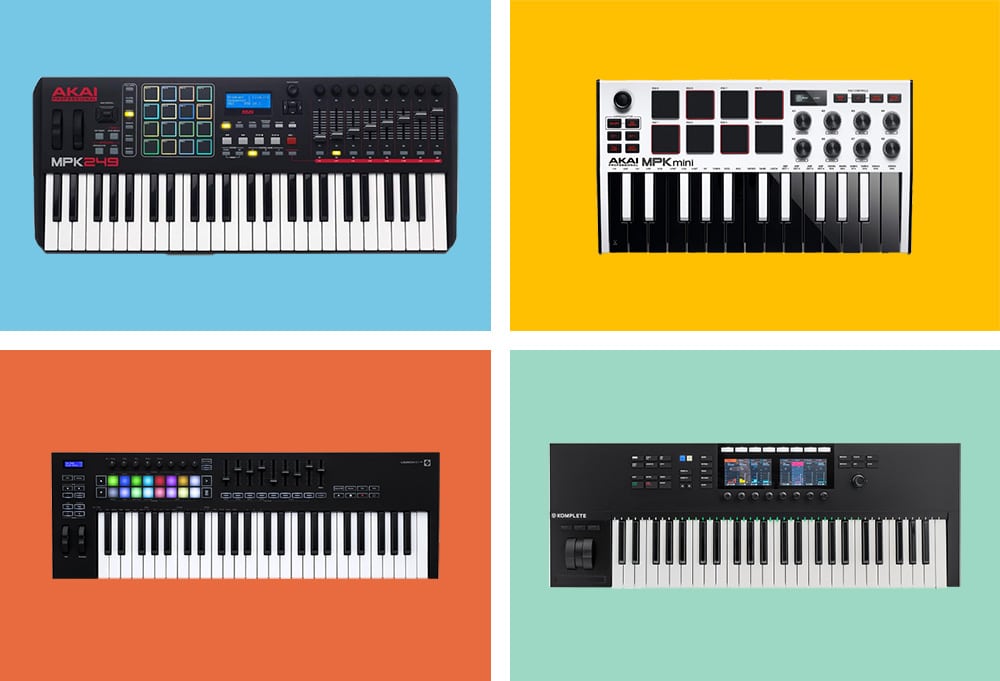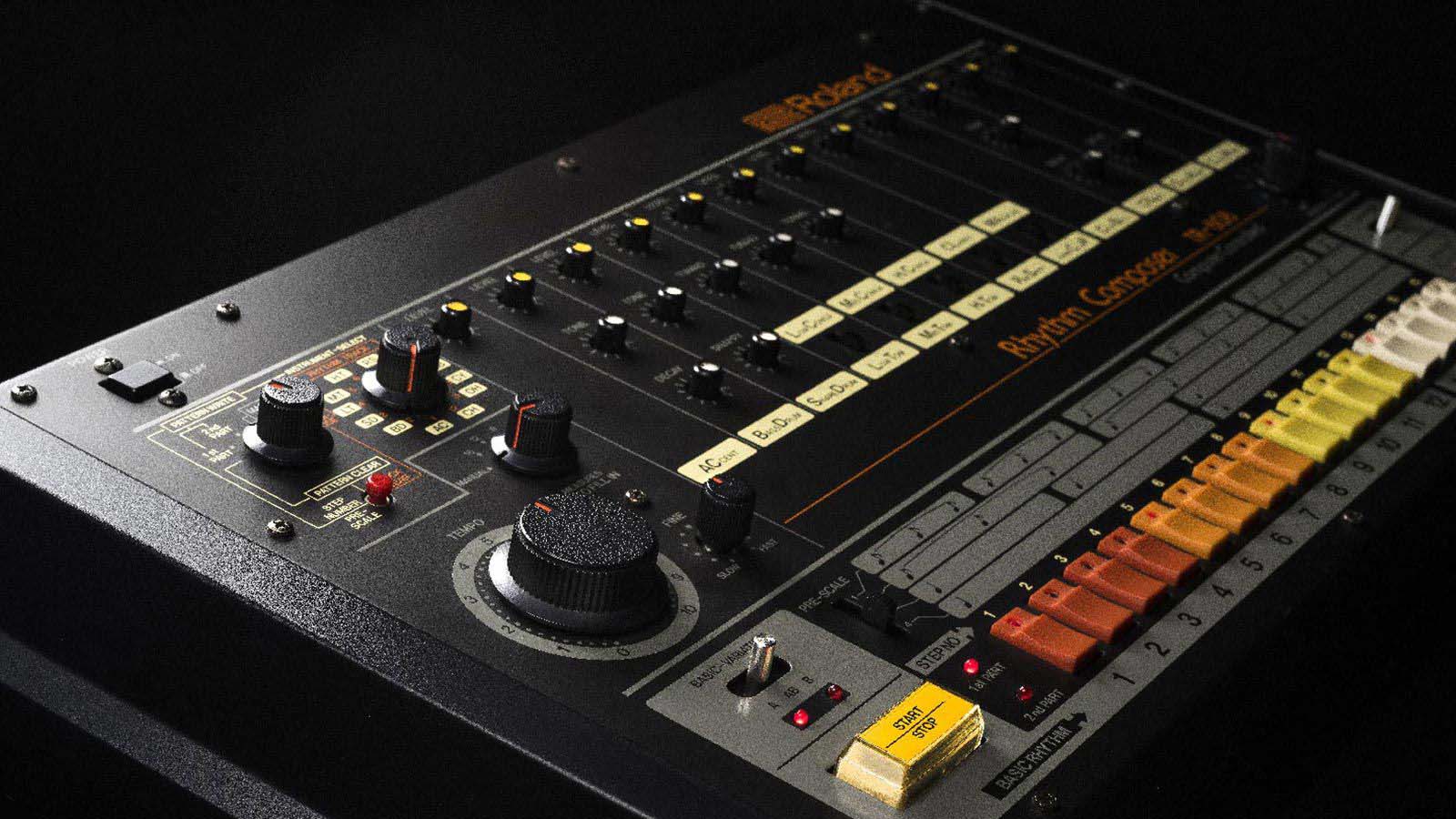Short and sweet
The Shure Nexadyne 2 is a supercardioid dynamic microphone specifically optimized for capturing bass instruments. Its sound is impressive: powerful, focused, and highly present. It delivers a level of detail typically associated with condenser microphones, while retaining the punchy, tight, and almost pre-compressed character that defines a great dynamic mic.
Key Advantages
- Extremely powerful bass reproduction - ideal for low-tuned instruments.
- Surprisingly present and clearly defined highs - for a modern, detailed sound.
- Sound image seems pre-processed - with a natural punch and compression effect.
- Almost no self-noise - even with quiet signals or high pre-amplification.
Downsides
The cable connection is not fixed, as is the case with the Shure Beta 52A, for example. If you tilt the microphone, the connected cable moves with it.
The Shure Nexadyne 2 is a brand-new dynamic microphone from the Nexadyne series, which also includes the Nexadyne 5 and 6. It features a supercardioid pickup pattern and was specifically designed for capturing kick drums. Since I currently don’t have a drum kit in the studio and am a bassist myself, I tested the mic on my bass amp instead – with consistently positive results.
Design & Build Quality
The Nexadyne 2 is compact, rugged, and fits easily inside a bass drum. What really stands out is the new Dual-Engine transducer technology, which not only enhances low-frequency reproduction but also significantly reduces self-noise. I was able to confirm both during testing – more on that later.
Shure is renowned for the legendary durability of its microphones — the SM58 is considered virtually indestructible for a reason. The Nexadyne 2 leaves a similar impression: it’s built like a tank and feels like it could easily withstand thousands of live shows without ever missing a beat.
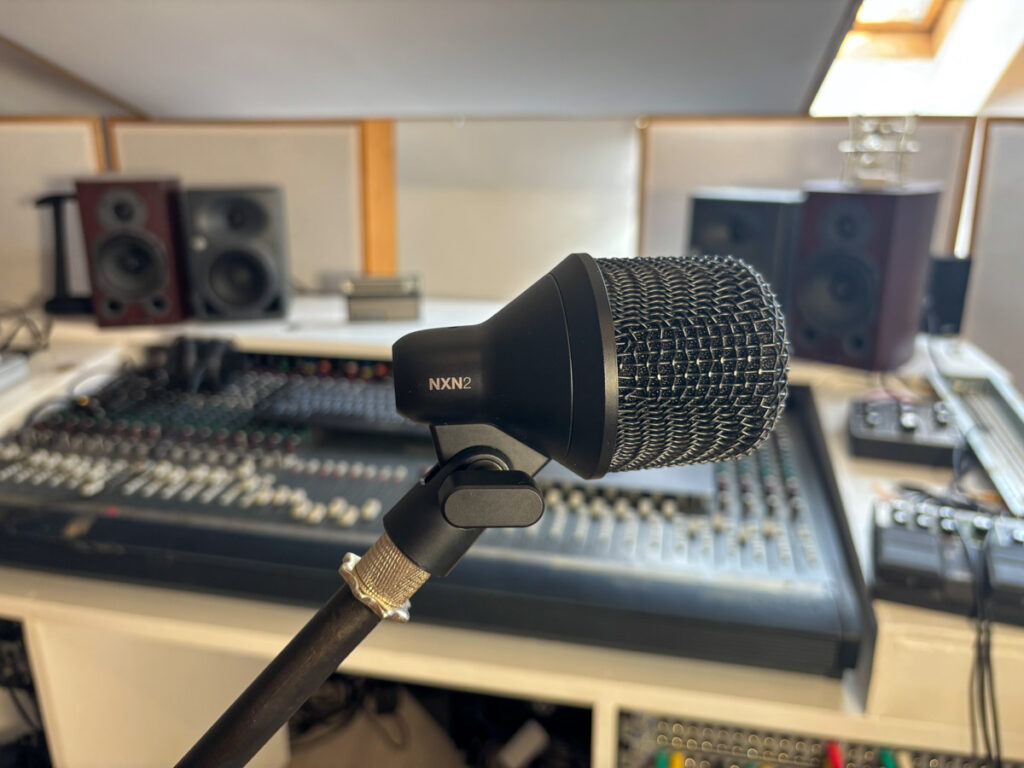
The supercardioid pickup pattern allows for highly focused recording and effectively rejects sound sources coming from a 126° angle off-axis. This is a major advantage in live situations, as it helps reduce unwanted bleed from other instruments on stage.
Another advantage: the proximity effect is noticeably more pronounced with this microphone than with standard cardioid models. This allows you to boost the low frequencies simply by placing the mic closer to the sound source – ideal for kick drums and bass amps.
Sound
The standout feature of the Nexadyne 2, for me, is clearly the sound. When recording my bass, it delivered an impressively powerful and detailed signal – well beyond what you’d typically expect at this price point. The tone has serious punch and almost feels like it’s already been compressed.
The low end is powerful and well-defined, while the highs and overtones are captured with impressive clarity and transparency. To my ears, the signal sounds almost as direct as a DI box — but with the added warmth and character of a real mic placed in front of the cab.
Honestly, the bass sounds better through this microphone than the amp does in the room.
Normally, I always apply compression to bass recordings to bring out more attack and punch — but with the Nexadyne 2, that really wasn’t necessary. And that’s exactly what Shure claims in their product description: that less signal processing is needed. I can fully back that up.
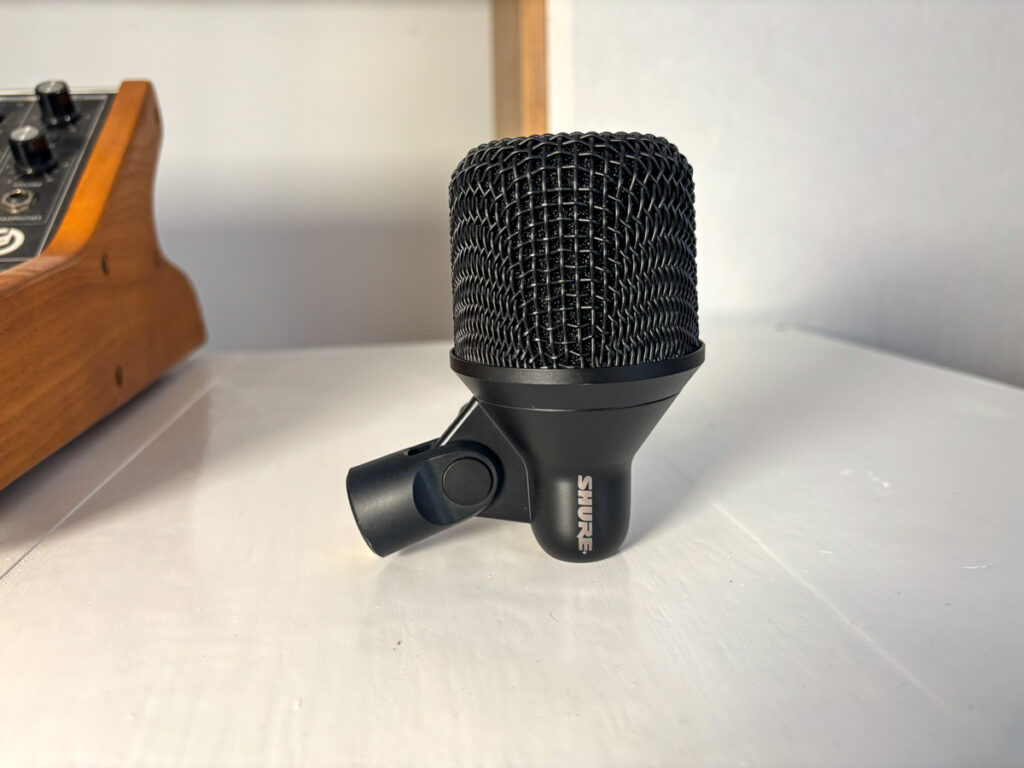
The supercardioid polar pattern ensures that only the sound directly in front of the mic is captured, while background noise and room reflections are effectively rejected. During my recording with the 15” cab, some objects in the room — like the radiator — started to audibly vibrate from the sheer low-end energy. Yet none of that made it into the recording. The Nexadyne 2 focuses precisely on the sound source and blocks out nearly everything from the sides.
I tested the Nexadyne 2 with both a 4×10” and a 1×15” bass cabinet. With the 4×10”, it immediately became clear how accurately the mic reproduces higher frequencies and subtle details — the result is a clear, modern, and truly high-end sound.
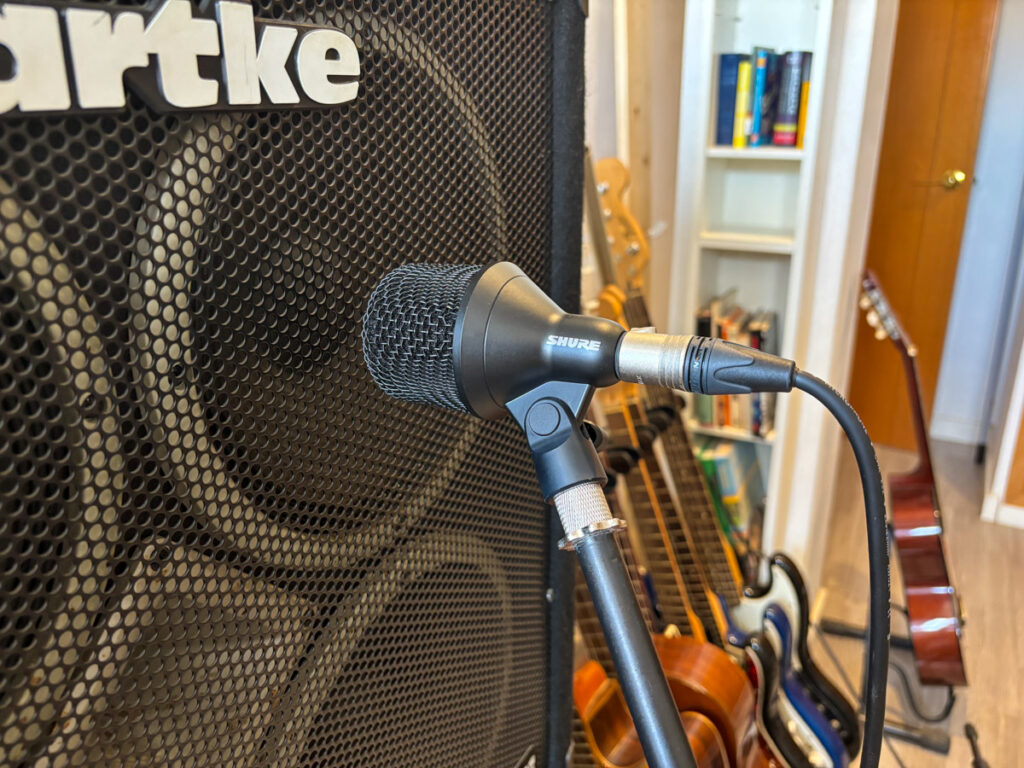
The 15” speaker, on the other hand, delivers noticeably more low-end and produces a truly massive sound in the sub-bass range. The Nexadyne 2 really shines here as well — it captures those deep frequencies with power and authority, all while maintaining impressive precision.

You can hear the sample recordings in the video at the top of the article: the 4×10” cab recording starts at 1:40, and the 1×15” cab recording begins at 4:31.
Noise
As mentioned earlier, the low self-noise is another major advantage of this microphone — especially for bassists. The Nexadyne 2 generates virtually no noise of its own, and even with the preamp cranked up, there’s no audible hiss or unwanted background noise.
This might be less relevant for drummers — a kick drum is typically loud enough to mask any microphone noise. But for bassists, it makes a real difference: you can keep the amp at a relatively low volume and still capture high-quality recordings without bothering the neighbors. The signal-to-noise ratio stays excellent precisely because the mic itself introduces virtually no noise.
Conclusion
Unfortunately, I wasn’t able to test the Nexadyne 2 on a kick drum — but based on its impressive performance in my bass recordings, I’m confident it will sound just as great in that application.
As a microphone for bass amps, it absolutely won me over: the sound is powerful, present, and has a truly high-end character. With a 15” speaker, the low frequencies are captured with precision and authority, while a 4×10” brings out the bass’s shimmering overtones beautifully — the result is a detailed, modern sound that feels both refined and full of energy.
In my opinion, the Nexadyne 2 outperforms most microphones I’ve tested for bass. It delivers exactly what you’d expect from a great dynamic mic — clarity, presence, and punch — but adds a surprising level of detail that’s almost reminiscent of a condenser microphone.


